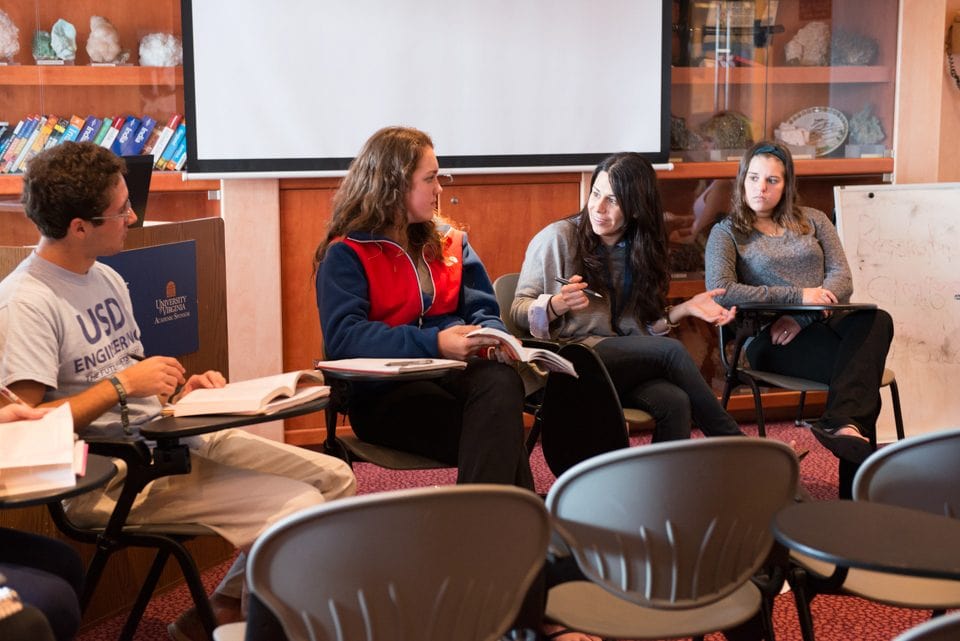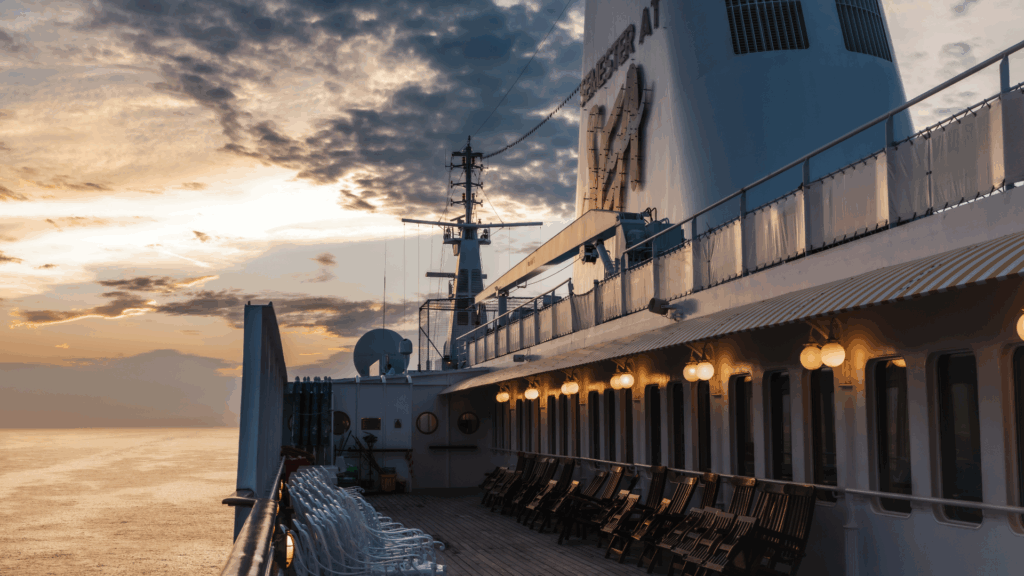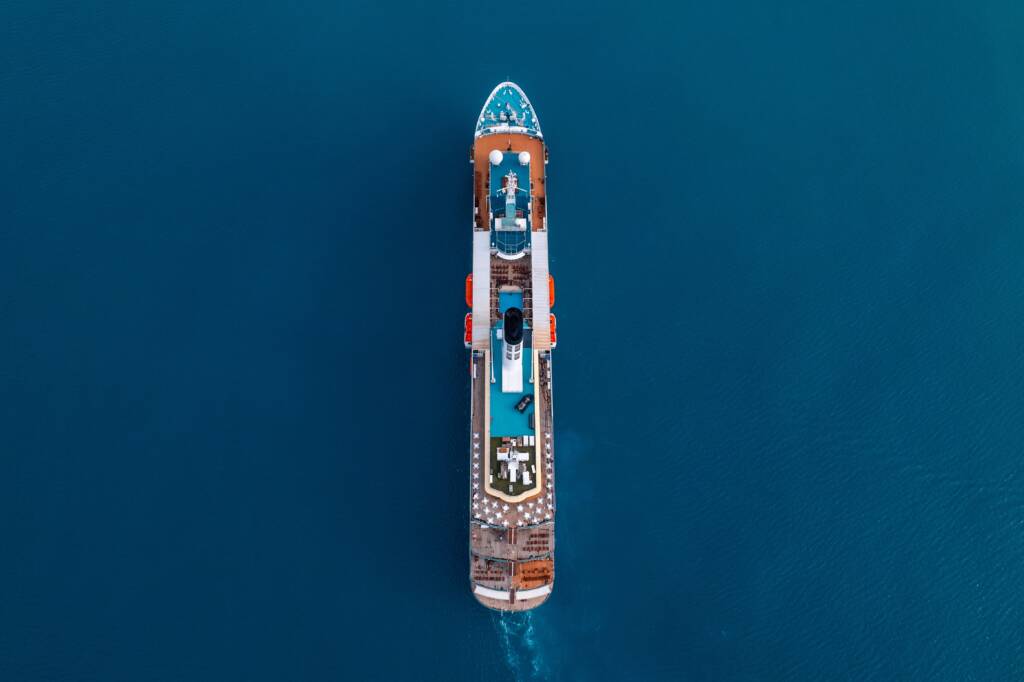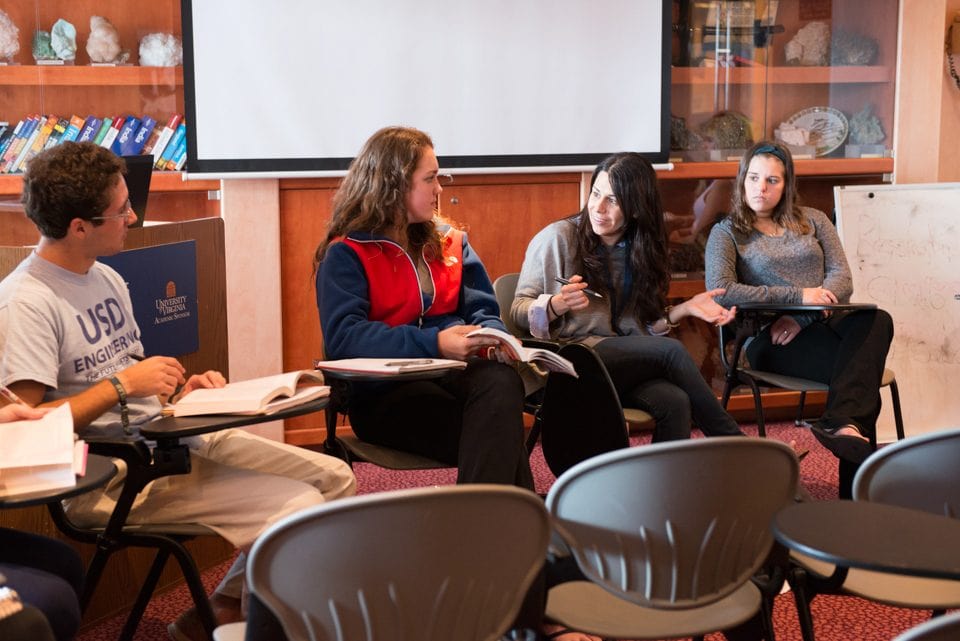
As hundreds of students and lifelong learners begin their adventure around the globe on Semester at Sea’s 50th Anniversary voyage, they are encouraged to keep a record of their travels. These accounts, often kept in the form of a journal or blog, serve both as a window to the world for friends and family back home as well as means of self-discovery for the keepers themselves through the exploration of something new. In efforts to maximize the benefits of the travel writer’s experience, we asked three of the MV Explorer‘s very own experts on the matter for tips and tricks when writing in the field.
Joining the interview will be Natalie Bakopoulos, a current professor at the University of Michigan; Jeremiah Chamberlin, the Associate Director of the English Department Writing Program at the University of Michigan; and Maria Adelmann, a freelance writer and editor who has previously taught Fiction Writing and English Composition at the University of Virginia.
What is the significance of keeping a travel journal or blog?
Natalie: We write to understand, to make sense of the world, and to figure out how we feel about things we experience, see, read, and feel. A travel journal provides a wonderful record, even if you’re recording the most mundane, simple things, such as what you ate and where, or the interesting couple you sat next to on the train.
What are the characteristics of a good travel piece?
Jeremy: The best travel writing not only captures a place through rich, descriptive writing and specific details, but it also captures the writer in that place. Since the essence of a place is different for every person, the only way it can be fully brought to life is through an individual writer’s point of view.
Maria: Successful travel writers tell their stories with well-chosen details. A travel blog gets boring when it becomes a simple run-down of the author’s itinerary: “I went to A, then B, then X, Y, and Z.” Instead of making lists of activities, include unique details that capture the essence of the most memorable people or places you encountered.
Natalie: A good travel piece goes beyond simple journaling. Journaling is private and internal and we don’t have to think about our audience. A good travel piece shows distance traveled: Not just a physical distance, but also an emotional or philosophical one.
The best travel pieces, to paraphrase Paul Theroux, record something particular about what it means to be human. What it means to be alive.
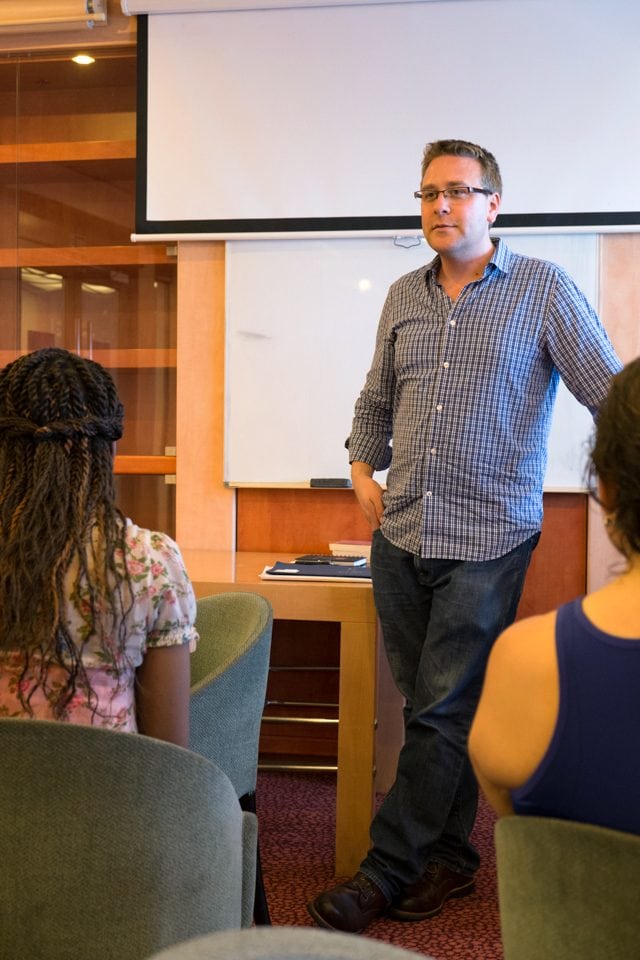
How can travelers write pieces that paint an accurate picture for the readers back home as well as help the writer better remember the places they visit?
Jeremy: The key to painting an accurate portrait of a place is as much about capturing the experience the writer had in that place, based on who they are, as it is about collecting details and description. A travel essay that transcends mere reporting must tap into those things that make us human, and grapple with the subject matter in a vulnerable and honest way.
Natalie: Details, details, details! Avoid empty adjectives. “It was AMAZING! It was AWESOME!” Instead try to capture the experience through significant, concrete details that engage all the senses. When you find yourself using an adjective, go further. Why was it amazing? Why was it awesome?
When in the field, what should the writer be practicing and observing? What questions should they be asking themselves?
Jeremy: The best advice is to be a sponge. Take notes on everything. Write down descriptions of parks and intersections and cafes. Try to articulate what it feels like to touch the side of a building, or the bark of a tree. We can’t know what’s important at the time we’re experiencing it, so just write down as much as you can collect.
Natalie: The best essay writing use scenes to capture the moment. Imagine yourself telling the story with a video camera on your shoulder. When do you give a close up? When do you pan out and record the scene from a great height?
What should the writer be avoiding?
Natalie: Avoid clich√©s. Period. If it’s the first phrase that comes into your mind it’s probably the first phrase that will come into everybody’s mind. Good, engaging writing is original in both thought and language; so don’t be artistically or intellectually lazy. Also, try not to simply summarize your experience: the more specific the better.
What is your advice on the use of additional media such a quotes from people you meet, photos, videos, etc.?
Jeremy: Part of good travel writing is engaging with a place on multiple levels, whether that means taking photographs, journaling, conducting interviews, or collecting artifacts like menus, advertisements, or brochures. The more you can bring that into your work, the better. And speaking of quotes, I’ll end with one from Vivian Gornick: “You are the instrument of your own illumination.” All you have to do is ask questions, nurture curiosity, and be open in everything you encounter.
